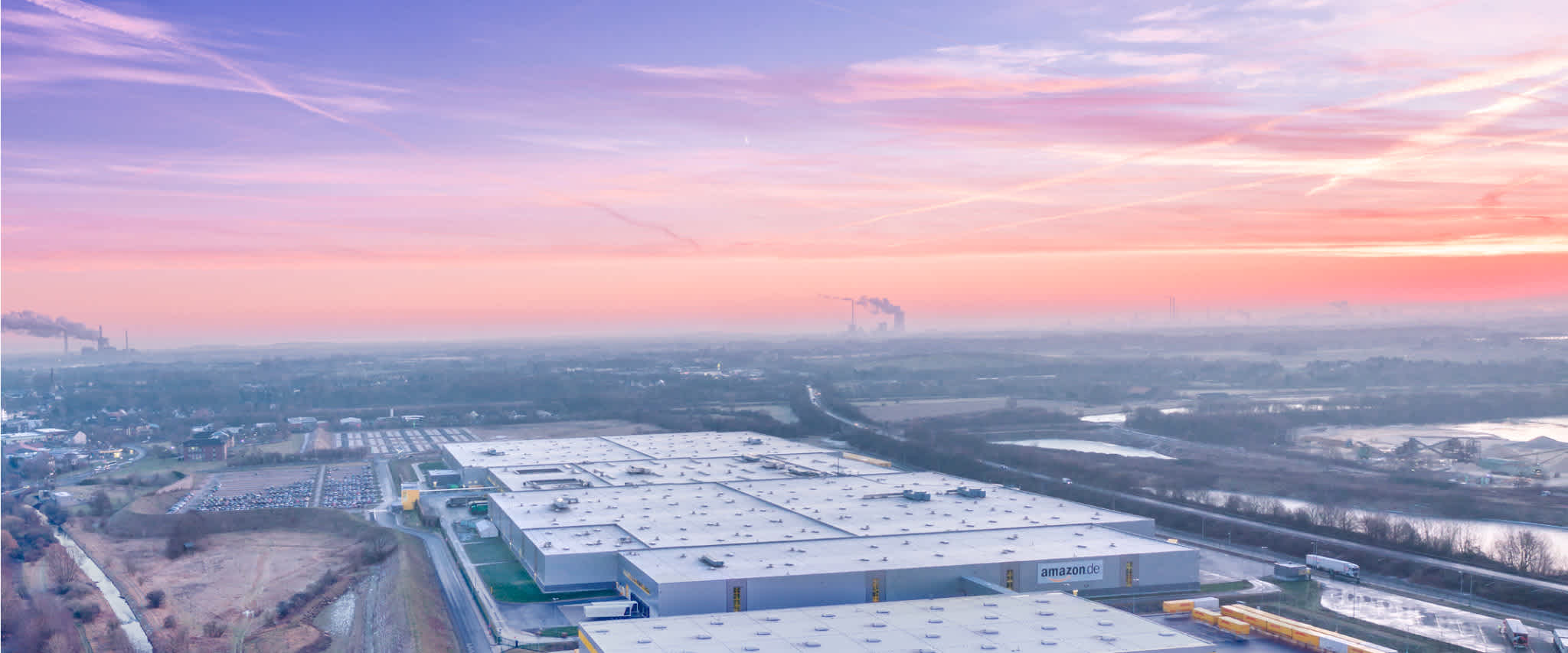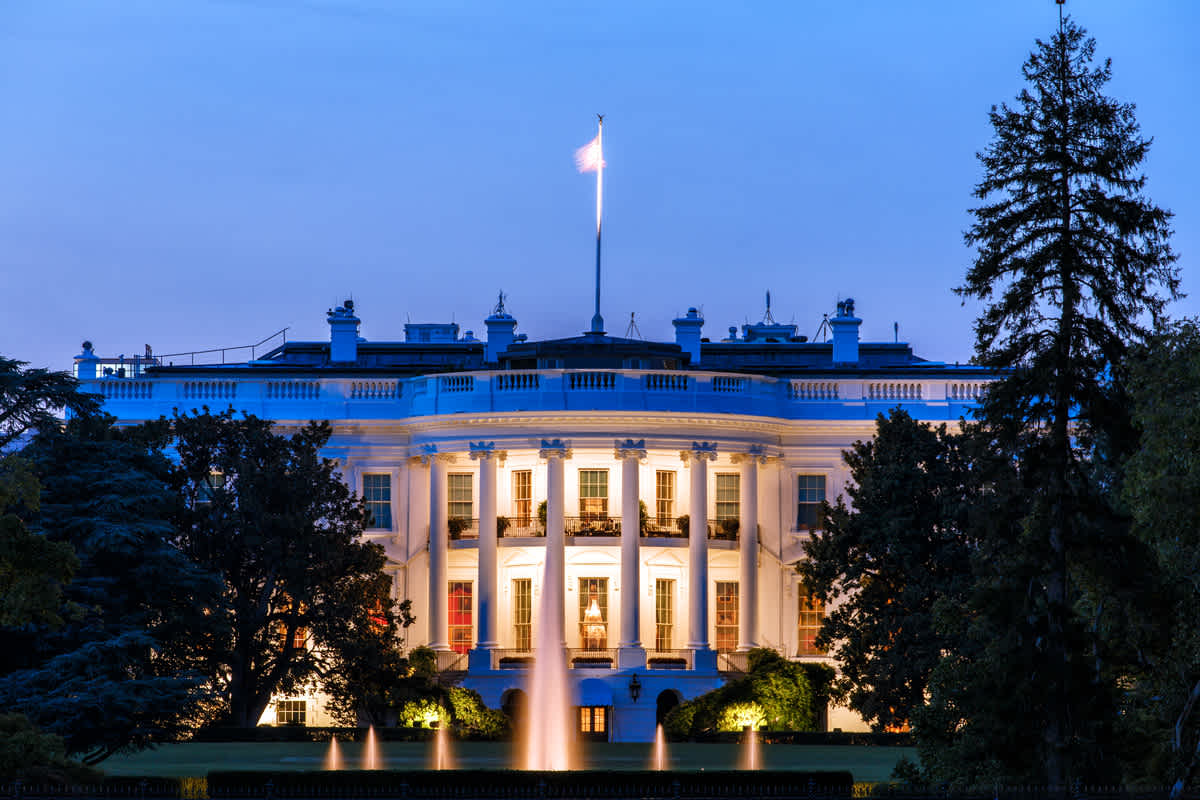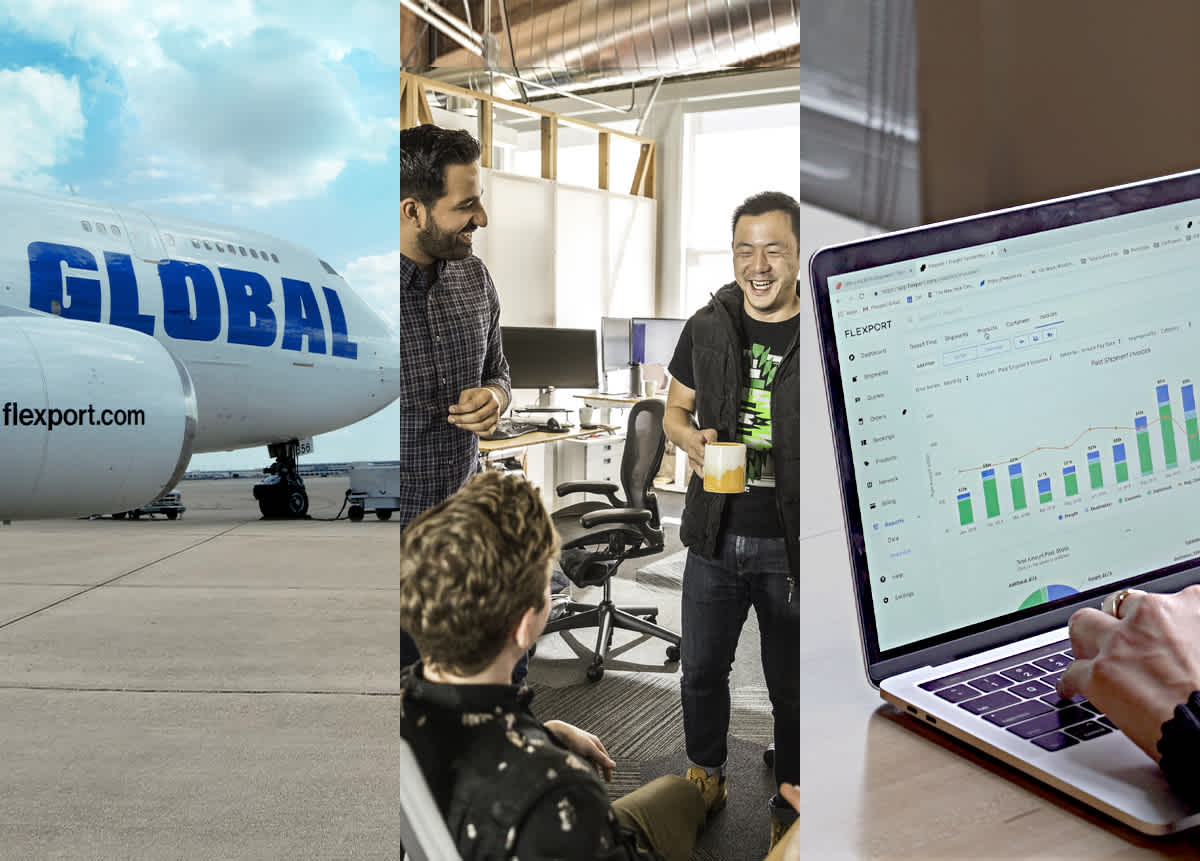
May 8, 2018
Your Guide to Shipping With Fulfillment by Amazon (FBA)
Your Guide to Shipping With Fulfillment by Amazon (FBA)
Whether you’re new to Fulfillment by Amazon (FBA) or you’re a seasoned pro, there’s always room for strengthening your business and improving the experience for your customers. In anticipation of Amazon Prime Day, we’ve compiled a list of FBA seller best practices.
1. Know your products
Some products require certification or additional documentation. Research your product’s Harmonized Tariff Schedule (HTS) code ahead of time so you know what documents are required for your product upon importing. Some examples of product categories with specific documentation:
- Children’s products require a Children’s Product Certificate (CPC) provided by a CPSC-accepted laboratory
- Batteries, liquids, powders, creams, and other hazardous materials always require a Material Safety Data Sheet (MSDS)
- Medical devices, medicines, and other products that affect the human body may required FDA registration
- Products using Bluetooth technology must be registered with the Federal Communications Commission (FCC)
TIP: This will need to be reviewed and approved by Amazon prior to importing.
Related: Trade Statistics and Tariff Rates for HS Codes
2. Select the right shipping method
You will need to choose how you want to send your products from the supplier to the destination warehouse: air, LCL (less-than-container load), or FCL. Consider how much product you’re shipping, how quickly you need it to reach its destination, and how much you’re willing to spend to get it there.
TIP: Know what incoterms you negotiated with your supplier and how they will affect your shipment.
3. Create a shipment plan
You will be asked to select a “ship from” address when creating a shipment plan in Amazon Seller Central. This “ship from address” should be the destination warehouse from which the shipment will be picked up for final delivery to an Amazon warehouse.
You will also need to choose the final delivery method, the trucking method by which your goods are transported from the destination port to the Amazon fulfillment center. The Amazon Seller Central shipment plan will also provide shipment labels.
TIP: If your shipment is being split into multiple fulfillment centers, you can choose a different final delivery method for each delivery.
4. Know how to label, package, and palletize your shipments
Your shipment to Amazon should have the following labels: FNSKU Labels (unit-level label), FBA carton labels (doubles as SPD label), and pallet labels (applied at destination warehouse). To save time, have your supplier apply FBA carton labels at origin. If this isn’t possible, have the supplier mark the cartons with the FNSKU.
Amazon has strict requirements for palletizing products. Make sure your goods are palletized according to their speculations prior to shipping.
Related help center articles:
- What Are the Labeling Requirements for Amazon Shipments?
- What Are Amazon’s Palletization Requirements?
5. Be prepared for customs
There are three types of customs exams: x-ray, tailgate, and intensive exam. Here’s a short list of what you’ll need to get through those exams:
- Documents: The commercial invoice (CI) should be accurate and complete, and the information on the CI should match the corresponding fields on the packing list. You should also have all necessary documentation and certification required for your imported product.
- Classification: HTS codes are used to classify the product for customs purposes. The importer is responsible for correct classification, but a customs broker may assist you. The HTS code will determine duty rates, so it’s important to know your product’s HTS code.
- Exams: Your shipment may be pulled for a customs exam at the destination port. The importer is responsible for all related costs. Customs exams are random and cannot be prevented or avoided, but having complete documentation and participating in CTPAT may reduce the chance that your shipment is pulled for an exam.
TIP: Know that first-time importers are more likely to get pulled for a customs exam.
Check out our full list of tips and processes for shipments being delivered to Amazon FBA here.



